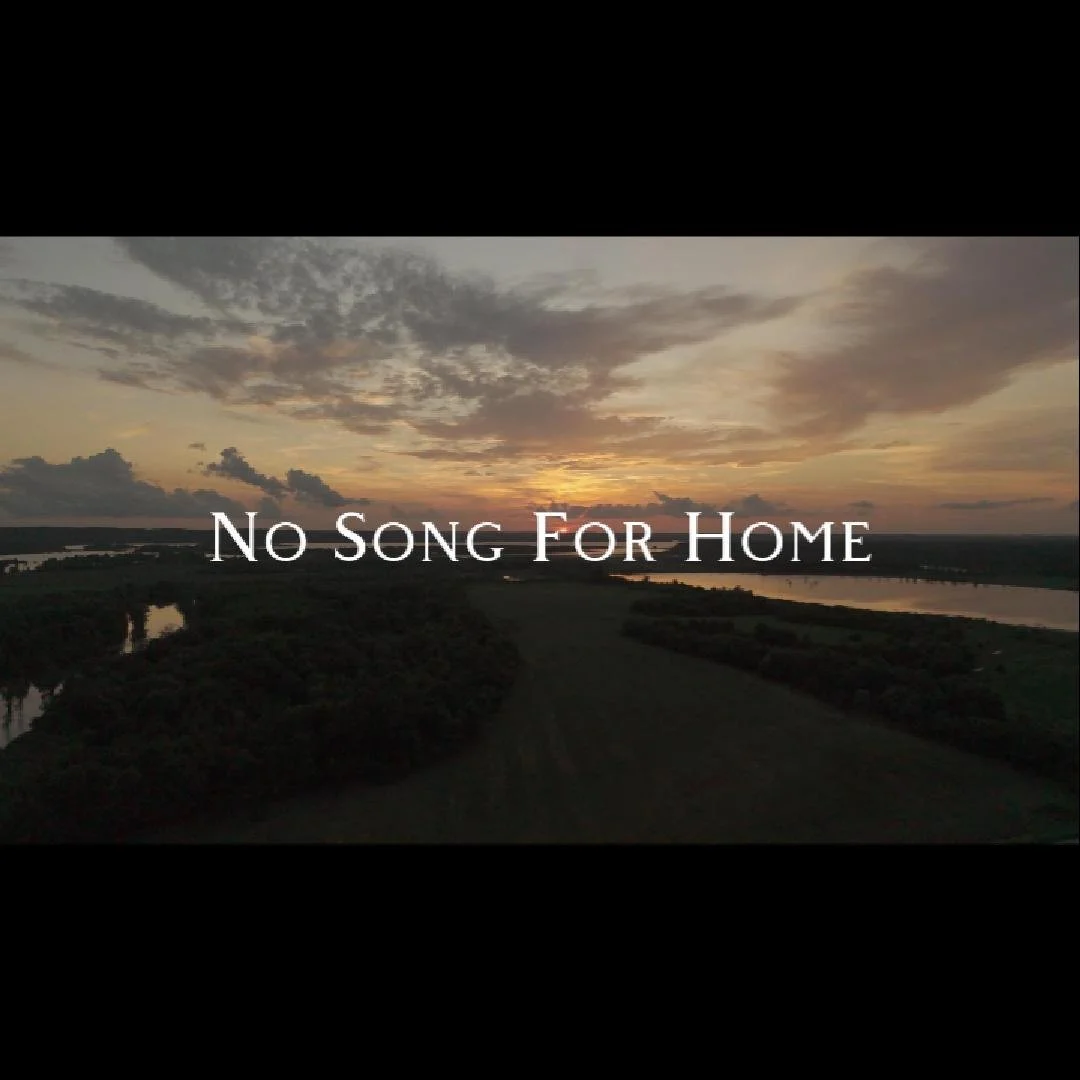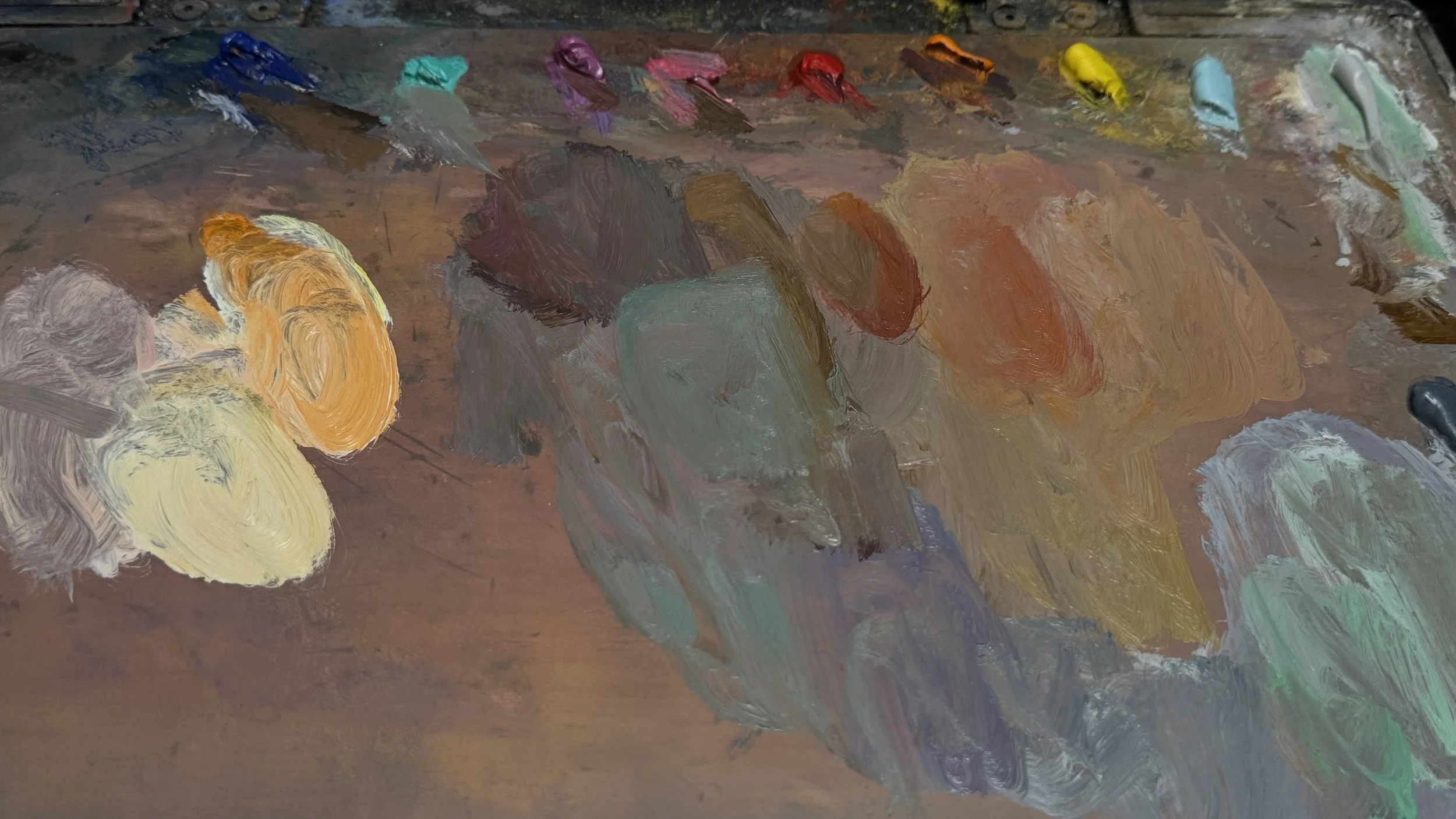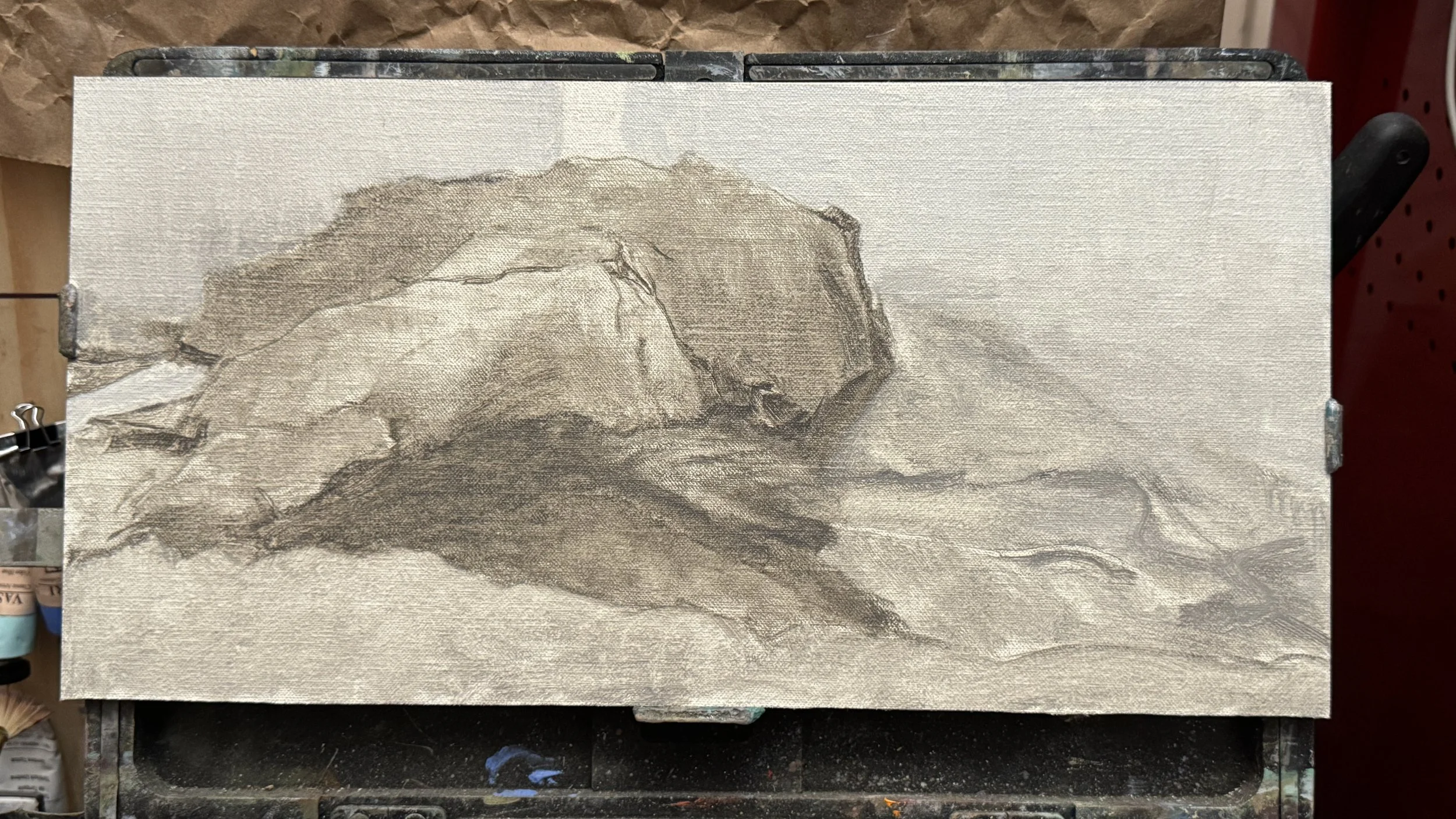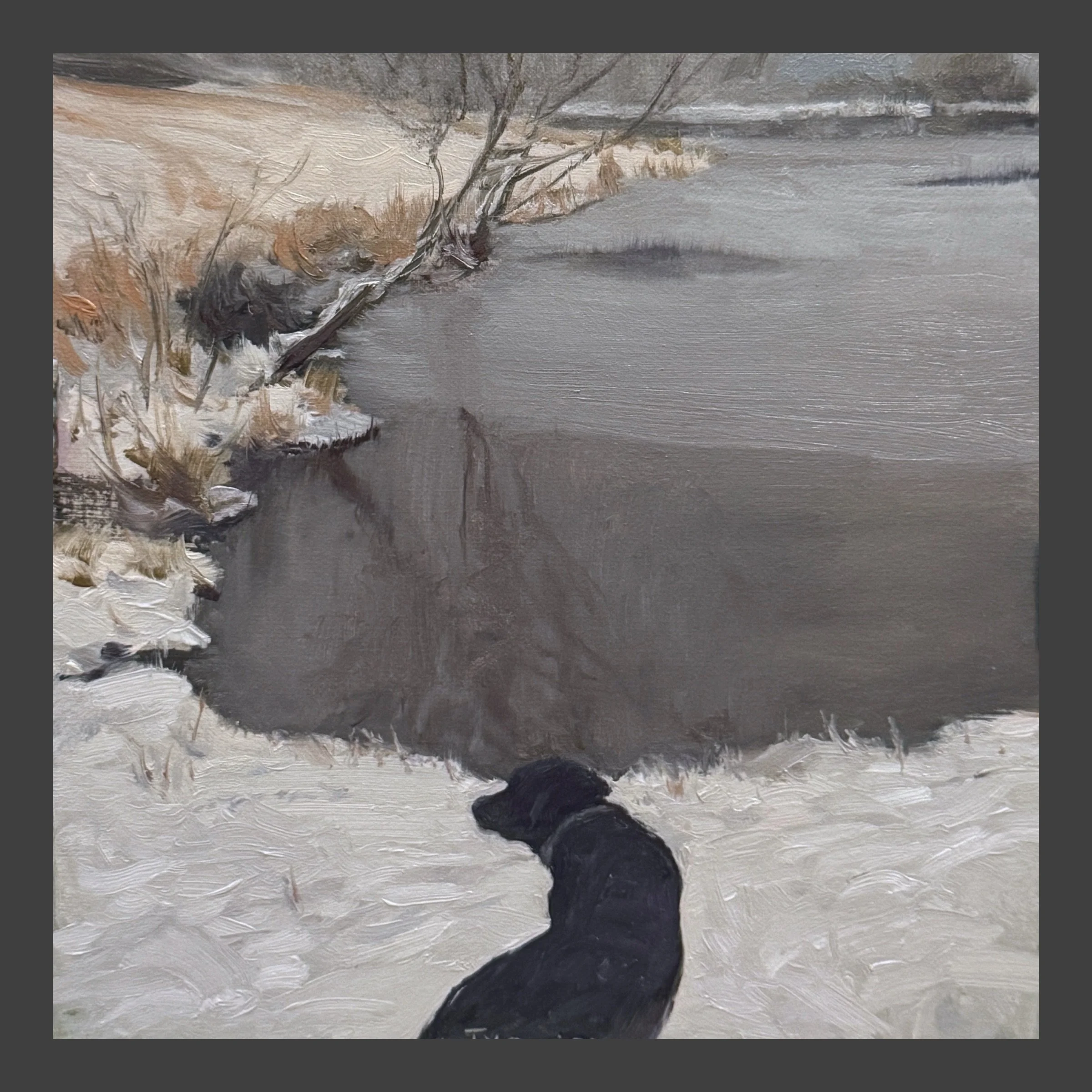No Song For Home
As a part of an exhibition of my paintings at SAGE Community Arts in Sheridan, Wyoming, I was offered the opportunity to make a few remarks about the works.
Below, I have written some of what I spoke. I didn’t use notes, so this is not a word-for-word recitation, but it does include most of the thoughts and opinions I offered on the fourth of September to a small group of people. I will include more here because I have the time to expand on the thoughts just a little.
(It is something to note that, when I first arrived in the West - the Bighorn mountains region - I immediately felt like I had put on my own clothes. I instantly felt a sense of home, though I’d never been to the area. That was unexpected, and I hadn’t felt that way in my other travels. This reminded me that “home” - our real home - is an ever-expanding goodness that can be found and felt in many places on Earth, and no place for the Christian. Believers will be nomads until death.)
When I was younger,
long before painting or photography came into my life, I would sometimes think about how the land - geography - shaped music. I thought specifically about bluegrass and wondered how it would have been different if those cultures had been planted somewhere else apart from the Appalachians. How did the mountains inform that sound, those lyrics? Surely, it made a difference.
I wondered about other places and other cultures and times - from the African savanna, Bavarian Alps, Native Americans, the various sounds of Spain, and more. Surely the land itself played a role in the development of the distinctive sounds that we associate with those cultures.
Could the delta blues have come from anywhere else? Jazz? I naturally began to wonder what sounds my home would make. What sound would rise from Hurricane Creek, Tennessee, and the hills around it? As I cycled through the various sounds I knew - classical, choral, bluegrass, drums and flute, dirge and call and response - nothing seemed to match.
Around the same time, I, without thinking, developed a curious habit. When I would turn off the highway and onto my home road, I would reflexively turn off the radio. To this day, I turn off whatever is playing. What was just fine thirty seconds ago now seemed like noise. It seemed inappropriate. Instead, I would roll down the windows and listen as I passed through the landscape.
This seemed right.
The sound of the wind over my hand, the gravel beneath the tires, a cow calling its calf, a distant dog barking, the wind in the tall grass, cicadas in the trees- these things seemed good.
So it is that these two thoughts were held together - what sound, what song, would my home make, and no music I knew would fit. So it is that I concluded that there are no songs for home.
Home is uncontainable, and that is exactly what we are meant for.
A tune or melody will never fully suffice. No vibrations from vocal chords or struck piano keys can contain it. It is too big, too much. The longing we feel that compels us to sing or write or paint seems to be the practical result of our trying to hold something we cannot hold, and there is an “ought-ness” to it as well. We have a feeling that things ought to be a certain way, but we seem powerless to do anything. You know what I mean if you’ve ever looked at a sleeping child and felt your chest tighten with that combination of sadness and fierce hope, with pressing weight and release. I sense it in the landscape as the hills contain stories that I cannot influence, and the waters speak of things that once were and that will never be again. The changing shadow shapes, the passing clouds, the backlit leaves, and patterns in the grass all have stories of what once was. Listening to them naturally means that the present becomes precious.
It is a bright sadness, a hard hope.
The uncontainable “Home” presses into our awareness - even if for a few moments - and we want to take what we can, but we can no more hold all the rains and rivers or all the light of the suns.
While we cannot take the fullness of home (it would kill us with beauty), we can take away small bits of it. We cannot have all the rivers and all the rains, but we can have a cup of water. We cannot have all the sun’s light, but we can have a sunlit window.
That’s all these paintings are: little vessels to hold what little of the uncontainable that I can.
I end with a quote from Rich Mullins - lyrics from a song he wrote.
“If I stand, let me stand on the promise that you will pull me through, and if I fall, let me fall on the grace that first brought me to you. And if I sing, let it be for the joy that has born in me these songs, and if I weep, let it be as a man who is longing for his home.”
Thank you for reading. Below you will see two images currently in Indianapolis at the Vining Invitational and the beginning of an 8x16 from the California coast. (The palette of colors are what I was mixing for that work in progress.)
Note that I have on the palette a light blue, an orange, a pink, a light violet, and a turquoise-y blue-green. These colors are part of my set from Vasari. They work together to neutralize my normal mixtures and themselves. When I’m finished with the California piece (which is for an awesome thing happening around Thanksgiving…) you’ll see how they work together toning down, enlivening, or just being themselves.
Here is a link to read about the set. It is so beautiful.





